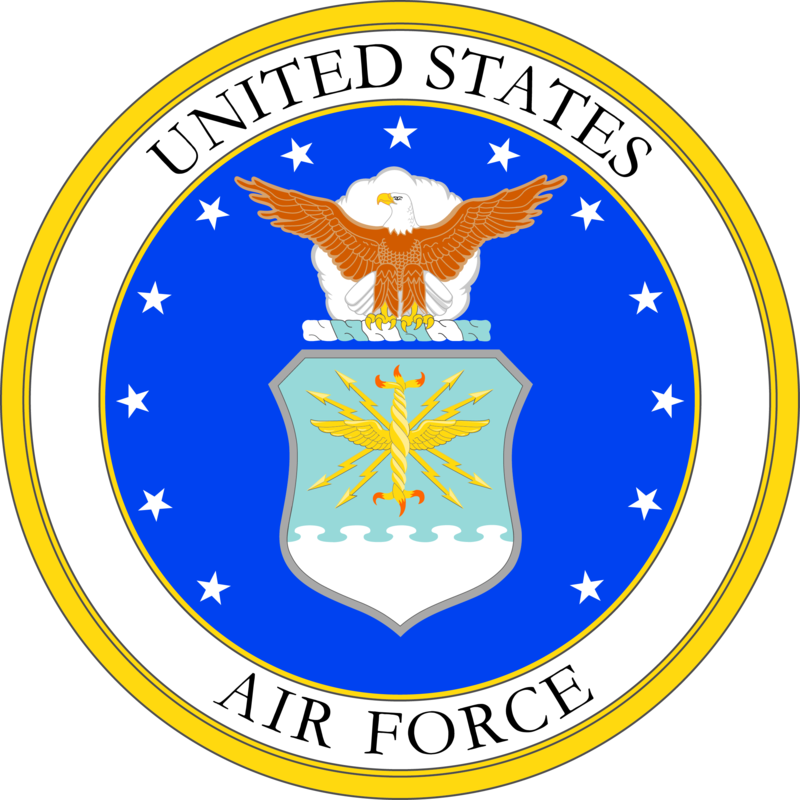ABOUT 4783rd Surveillance Squadron
- Cold War Origins: The 4783rd Surveillance Squadron was established during the height of the Cold War, reflecting the US Air Force's need for enhanced early warning and airspace monitoring capabilities.
- Location: The squadron was stationed at Thule Air Base, Greenland—one of the northernmost military installations in the world, providing strategic coverage of polar air routes used by potential adversaries.
- Mission: Its primary mission was to operate and maintain radar systems as part of the Ballistic Missile Early Warning System (BMEWS), designed to detect incoming Soviet intercontinental ballistic missiles.
- Technological Pioneers: The unit managed some of the most advanced radar technology of its time, including massive phased array radars capable of tracking objects thousands of miles away.
- Round-the-Clock Operations: Squadron members worked in harsh Arctic conditions, maintaining 24/7 vigilance despite extreme weather, perpetual darkness in winter, and isolation.
- Strategic Importance: The data provided by the 4783rd was directly funneled to NORAD, making it a critical component of North American air defense.
- International Collaboration: The squadron worked closely with Canadian and Danish personnel, as Thule AB was a hub for allied Arctic defense efforts.
- Unique Challenges: Living and working at Thule presented unique challenges, including polar bears, supply shortages, and the need for specialized cold-weather survival training.
- Deactivation and Legacy: The 4783rd Surveillance Squadron was inactivated in the late 1960s as newer technologies and reorganizations took place, but its legacy lives on in modern missile warning and space surveillance missions.
- Historical Footnote: The squadron's presence at Thule contributed to the famous 1968 B-52 crash incident (the "Thule Accident"), highlighting the strategic significance and risks associated with Arctic military operations during the nuclear age.

